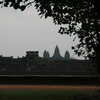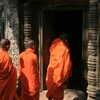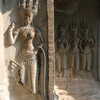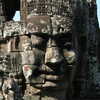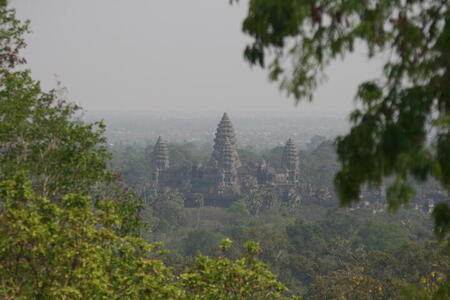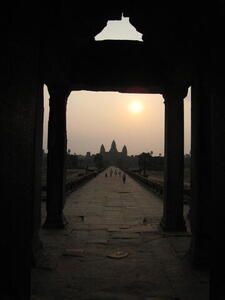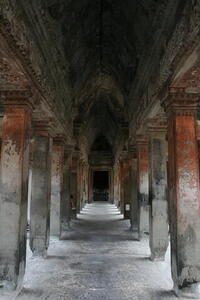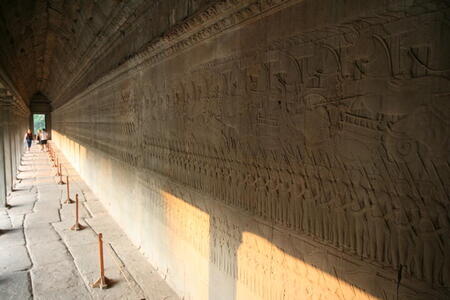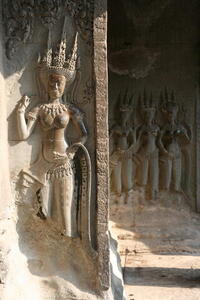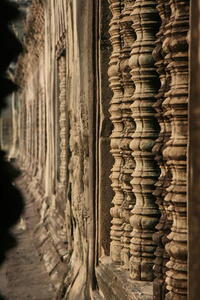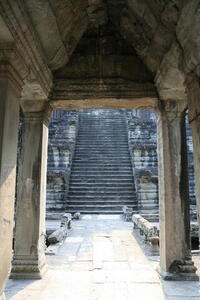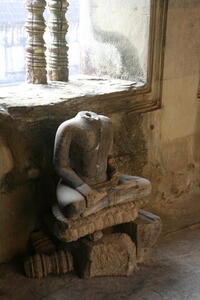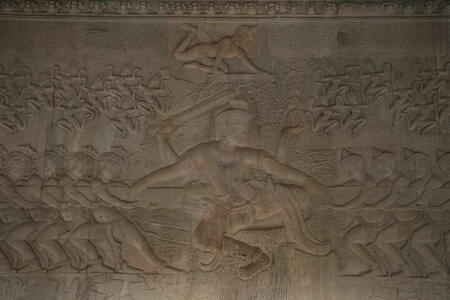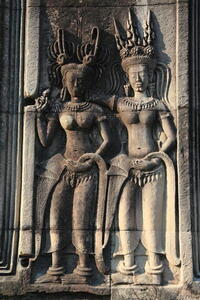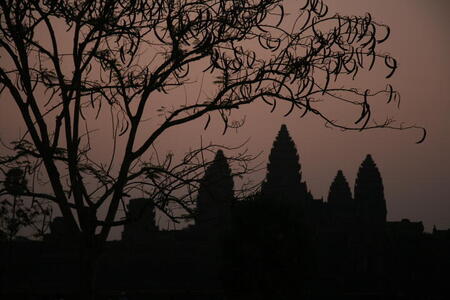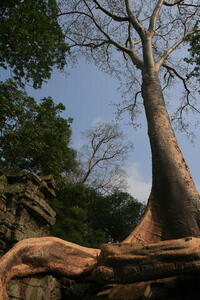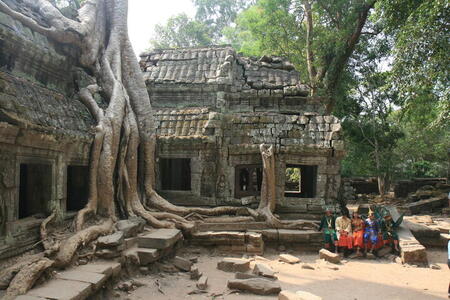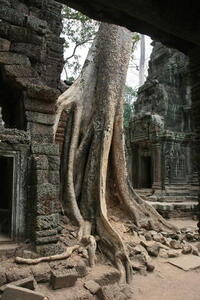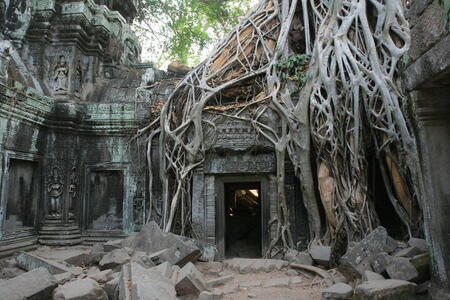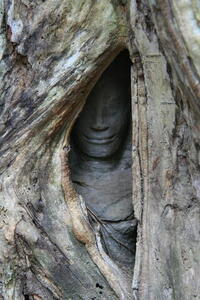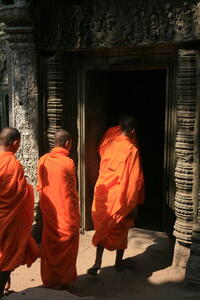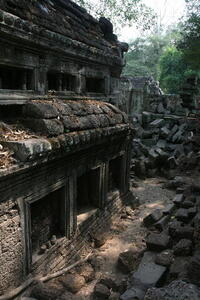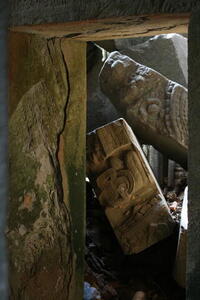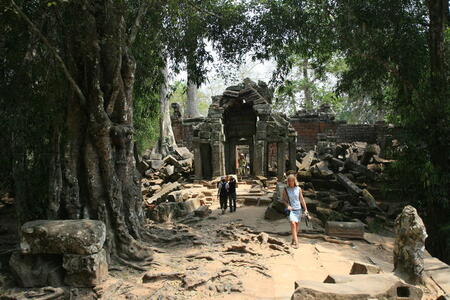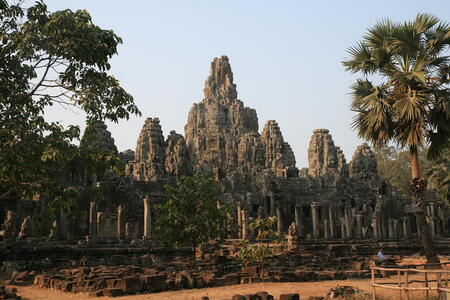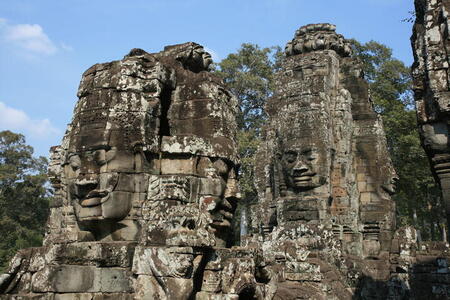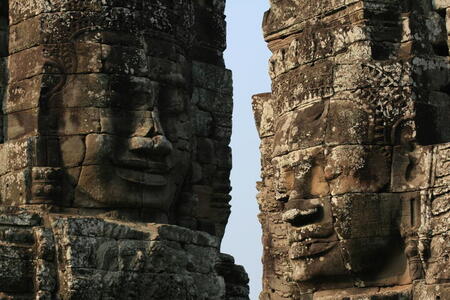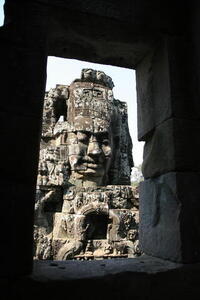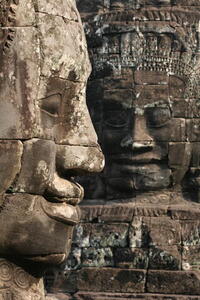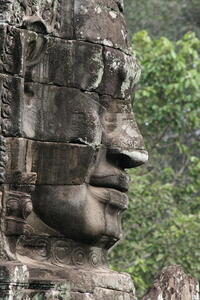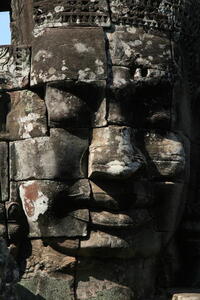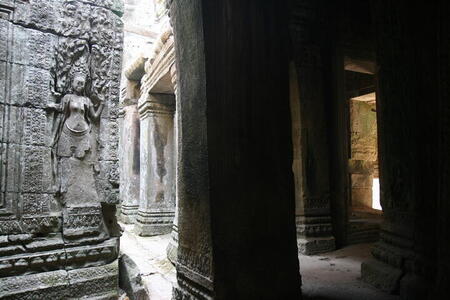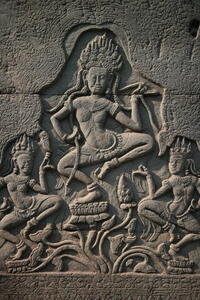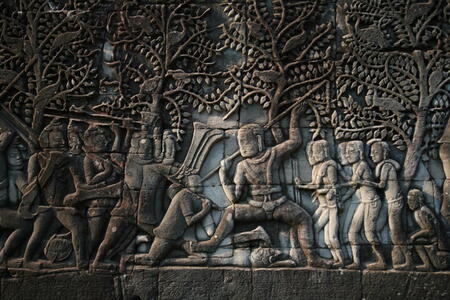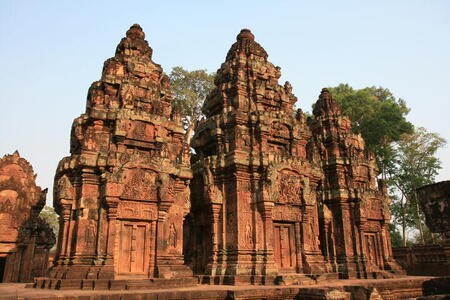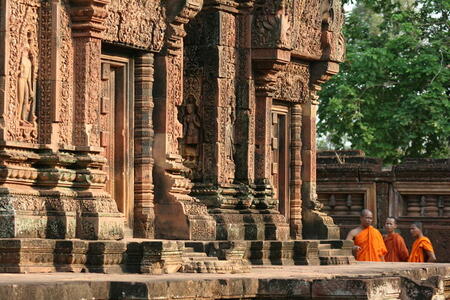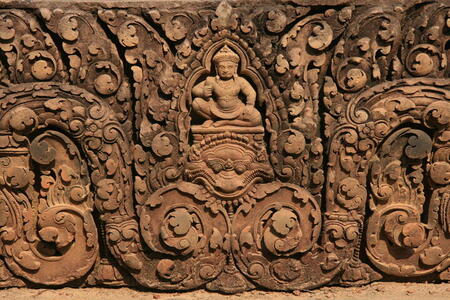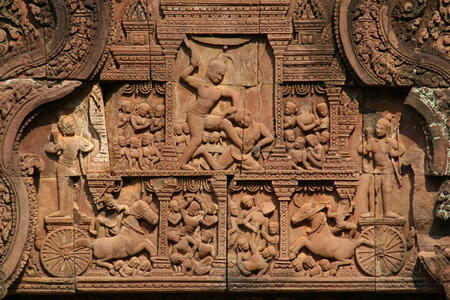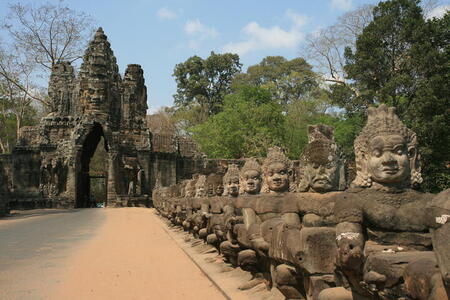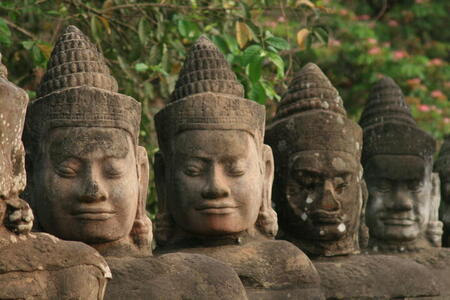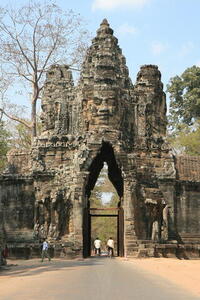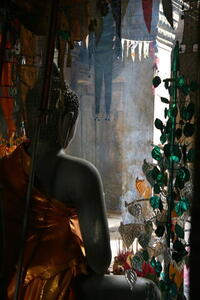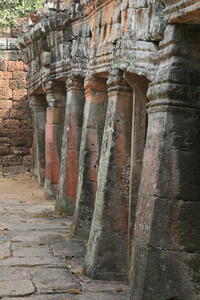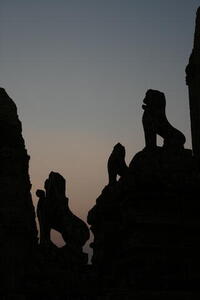Temples of Angkor, Cambodia
I spent six days exploring the amazing temples of Angkor near Siem Reap, including Angkor Wat, The Bayon, Ta Phrom, Banteay Srei, and several others. I was going to write about each of them as a separate post but that would take forever so this is just a quick summary.
The city of Angkor was the capital of Cambodia’s Khmer empire for a number of centuries starting around 800 AD.
This blurb in my Lonely Planet helped put it into perspective:
The hundreds of temples surviving today are but the sacred skeleton of the vast political, religious and social centre of an empire that stretched from Burma to Vietnam, a city that, at its zenith, boasted a population of one million when London was a scrawny town of 50,000.
Most of these temples were built 800-1000 years ago, from blocks carved and transported from far away — a massive undertaking in itself.
I didn’t know anything about Angkorian history before I came to Cambodia. I have learned a fair bit about it since but can’t possibly do it justice here so I suggest reading about it in wikipedia if you’re interested.
Angkor Wat
Angkor Wat is the most famous of the temples, and the largest religious building in the world. Just the moat surrounding it is two football field lengths across. I visited it several times to take pictures at different times of the day.
(the pictures above don’t give a very good idea what the temple is like — I have been trying to avoid taking too many boring wide angle landscape pictures and as a result have very few of them of Angkor Wat, oops)
Ta Phrom
Ta Phrom is another popular temple, made famous in part by its appearance in the movie Tomb Raider in 2001. It has largely been left in the crumbling overgrown state in which it was discovered, with massive silk cotton and strangler fig trees growing all over it and tearing it apart. (Actually, the trees are monitored and somewhat controlled, but it is done in a way to give the impression they are not)
On one visit I caught these trees trying to sneak in over the wall:
“Hey!” I shouted. “Where do you think you’re going?” They froze in their tracks. “Haven’t you trees done enough to this poor temple? Get out of here, leave it alone!”
But they just stood there staring at me.
The Bayon
The Bayon is probably my favorite of the temples at Angkor, due to being very photogenic, fun to explore, and one of the least crowded (but I may have just been lucky with timing.)
It has dozens of towers, each with several enigmatic smiling faces carved into them — usually 4, one in each direction, but sometimes only 2 or 3.
From far away it doesn’t look like much, just a pile of rocks:
As you get closer the face-towers start to become clear:
closer still…
In addition to the face-towers it had a series of confusing enclosures and galleries that were really fun to wander around and explore.
The Bayon also has large sections of bas-reliefs depicting historical events and subjects from Hindu mythology. Unlike Angkor Wat’s these were out in the open making them much easier to photograph due to the direct sunlight:
Banteay Srei
About 20km north of Angkor is Banteay Srei, a temple known for the intricacy, quality and depth of the lintels carved into every surface at the relatively small site. I was glad to have brought my zoom lens with me because much of it was roped off making it difficult to get close — a good idea considering how many stupid tourists I saw rubbing their hands over the bas-reliefs at other sites.
Angkor Thom
In addition to these major sites I visited a number of others in and around the walled city of Angkor Thom.
These are just a few of the hundreds of pictures I took here; see the rest of my photos of the temples of Angkor.
(Also, I have a few very uninteresting pictures from Siem Reap.)
From Siem Reap I continued north, to Laos.
